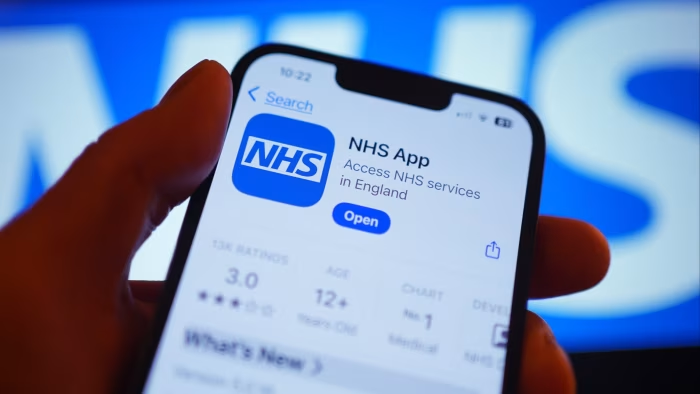

The NHS App has been hailed as the “digital front door” to the health service, a single place where patients can book appointments, order prescriptions, view records and eventually access far more sophisticated services. It is a centrepiece of the government’s NHS 10-Year Plan, designed to modernise how patients engage with care and to streamline a system under enormous strain. On paper, it is an inspired vision. In practice, it is at risk of being an opportunity squandered if ministers do not push far harder on delivery.
For many patients today, the NHS App is a useful but limited tool. It offers convenience, but not transformation. People can check test results, view vaccination records or arrange repeat prescriptions, yet the experience often sits alongside, rather than replacing, the fragmented processes of phone calls, paper letters, and siloed systems. If the app is to be more than a digital add-on, it must be fully embedded into the way healthcare works, not just the way it is accessed.
At the heart of that shift is the single patient record. Without full integration into a single, authoritative health record, the NHS App cannot deliver on its promise. Patients will continue to face different interfaces and incomplete data depending on where they live. Clinicians will still be hampered by missing or inconsistent information. And the notion of the app as the definitive platform for navigating the NHS will remain just that, a notion, rather than reality.
The government’s ambition is clear enough. It speaks of creating a “doctor in your pocket”, enabling personalised care, AI-driven triage, remote monitoring and integrated pathways that blend digital and in-person support. Yet there is a gap between ambition and execution. The NHS App will not evolve into a true national platform without sustained political backing, dedicated funding, and the courage to reimagine care pathways around it. Without these, it will remain a well-intentioned convenience layered over a system still defined by delays, duplication and disconnection.
There is no shortage of international examples to draw from. In Finland, the Hus Health District has redesigned hundreds of clinical pathways to integrate digital and physical care seamlessly. In Denmark, national health portals allow patients to access real-time records, communicate securely with clinicians, and manage their care end-to-end. These are not pilot projects or boutique services, they are standard practice. The UK could match this, but only with a level of commitment and urgency that goes beyond the incremental.
A truly bold approach would also recognise the imperative of inclusivity. The NHS App cannot become another dividing line between the digitally confident and the digitally excluded. Older patients, people with disabilities, those without reliable internet access, and those for whom English is not their first language must find the platform as accessible and useful as anyone else. That means building in multi-language support, intuitive design, offline alternatives, and digital literacy programmes. If the app is perceived as something for the tech-savvy minority, uptake will plateau, and its potential to transform the system will be lost.
The other risk is that the app becomes an impressive shell without meaningful connection to the underlying services it promises to deliver. Booking an appointment through the app must lead to a real slot, not a queue for a call-back. Viewing results must come with context and next steps, not just raw data. Patients should be able to follow their care pathway in one place from referral to recovery, with the app acting as a constant companion rather than an occasional portal.
This will not happen by accident. It requires redesigning clinical workflows so that the app is not a bolt-on, but the primary means of managing care. It requires opening the platform to secure, approved third-party integrations, from wearables to digital therapeutics, so that innovation flourishes around it. And it requires the political will to make the NHS App a national infrastructure priority, protected from the ebb and flow of ministerial reshuffles and budget cycles.
The stakes are high. Done right, the NHS App could help the health service manage demand more intelligently, empower patients to take control of their health, and unlock the productivity gains essential to sustaining the NHS. Done poorly, it risks becoming another digital project that promised transformation but delivered convenience, another missed opportunity in a system that can ill afford one.
Patients deserve better than a patchwork of apps and portals, better than an endless cycle of pilot schemes that never become the norm. They deserve a digital health system as seamless and reliable as online banking, retail, or travel. That is the level of ambition the NHS App should embody. And that is the level of delivery the government must commit to if this vision is to become reality.
The time for half measures is over. The NHS App could be the beating digital heart of the health service, delivering better outcomes, greater efficiency, and a more connected experience for every patient in the country. But only if boldness is matched with action, and only if that action starts now.